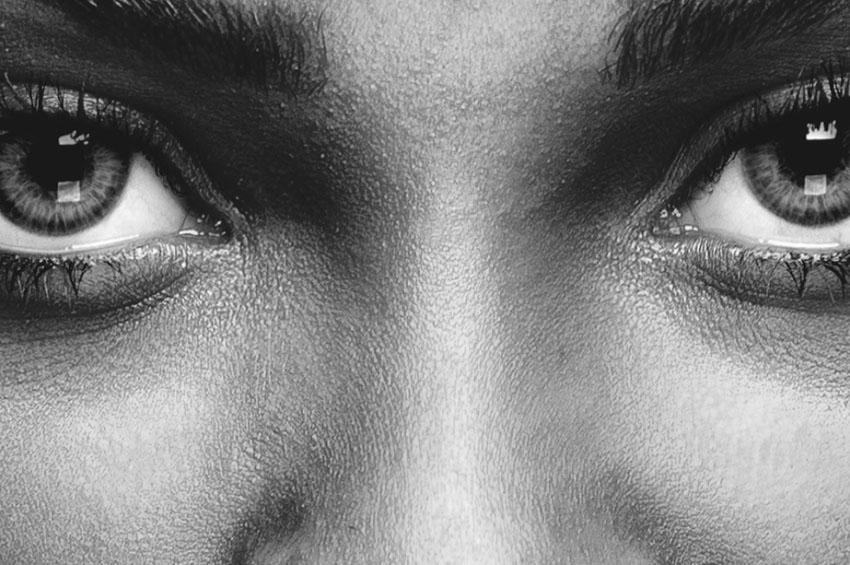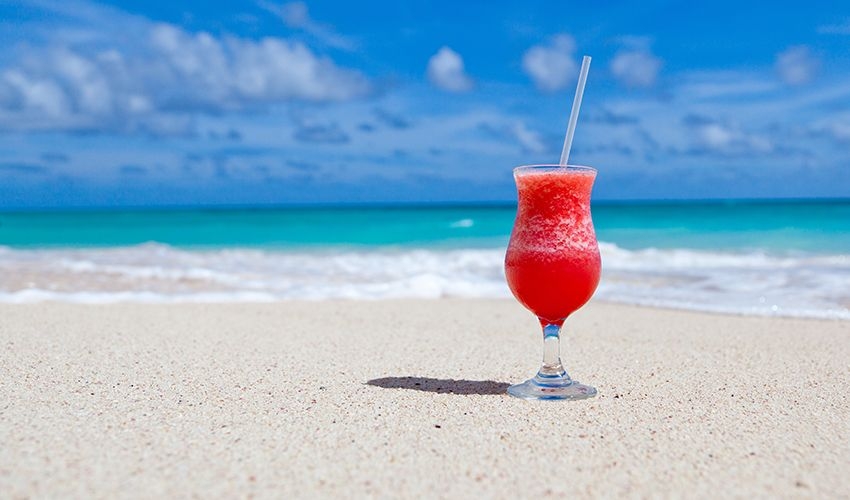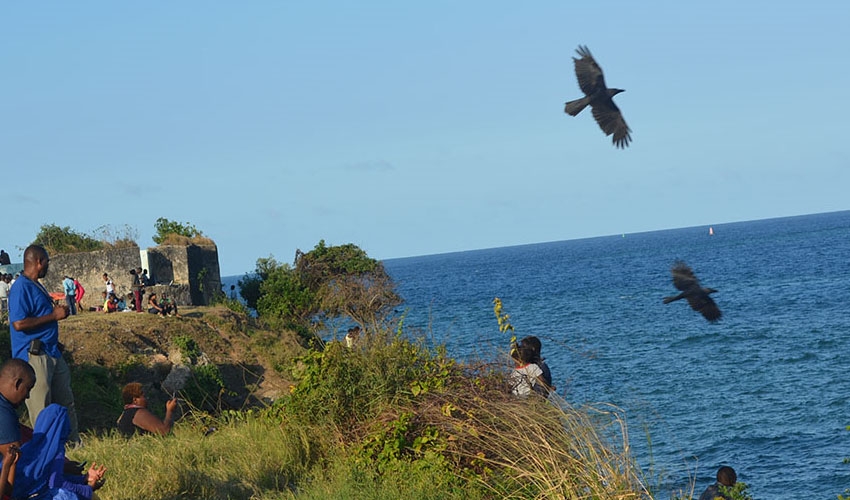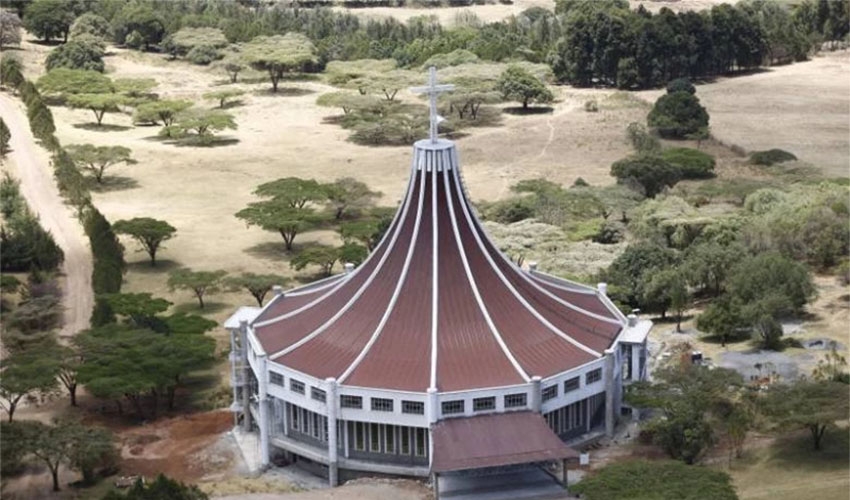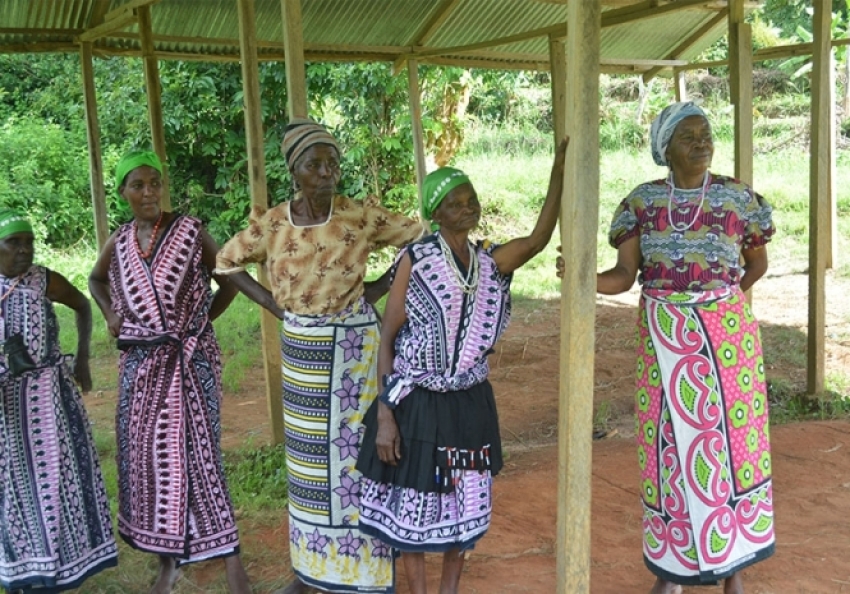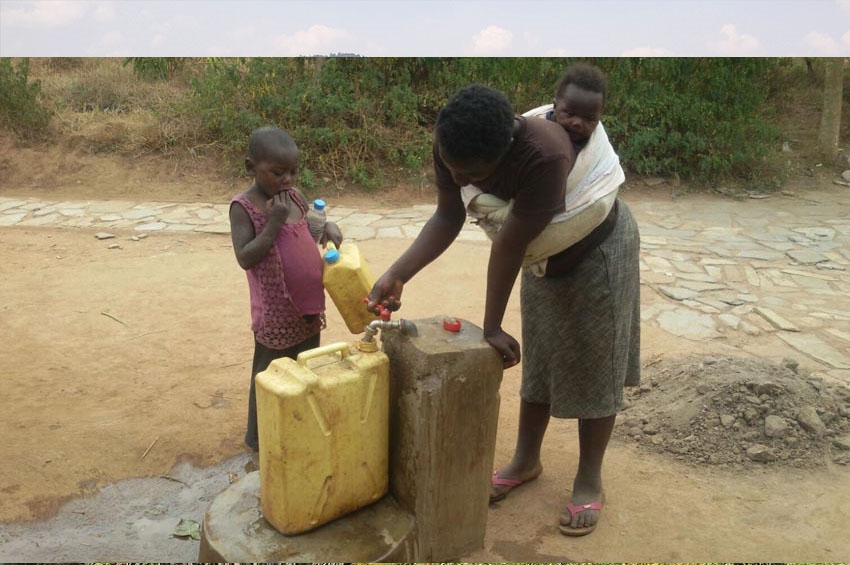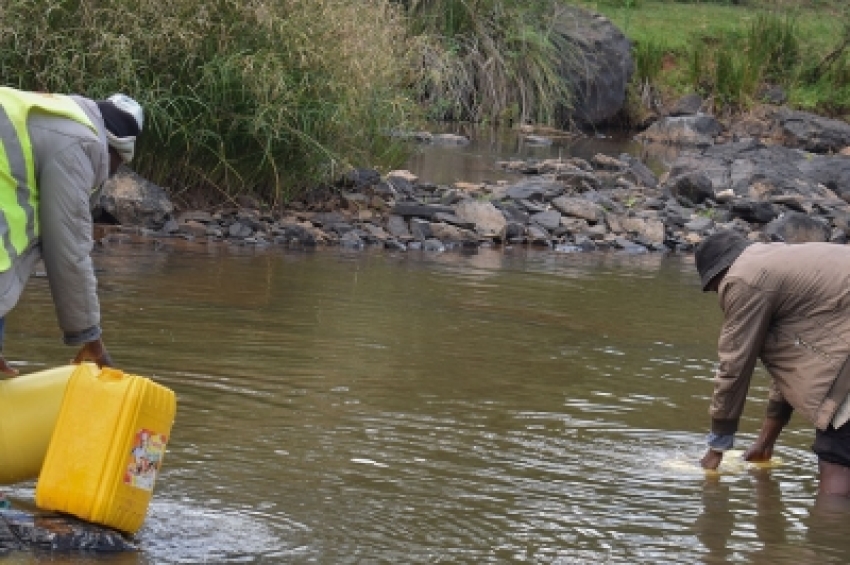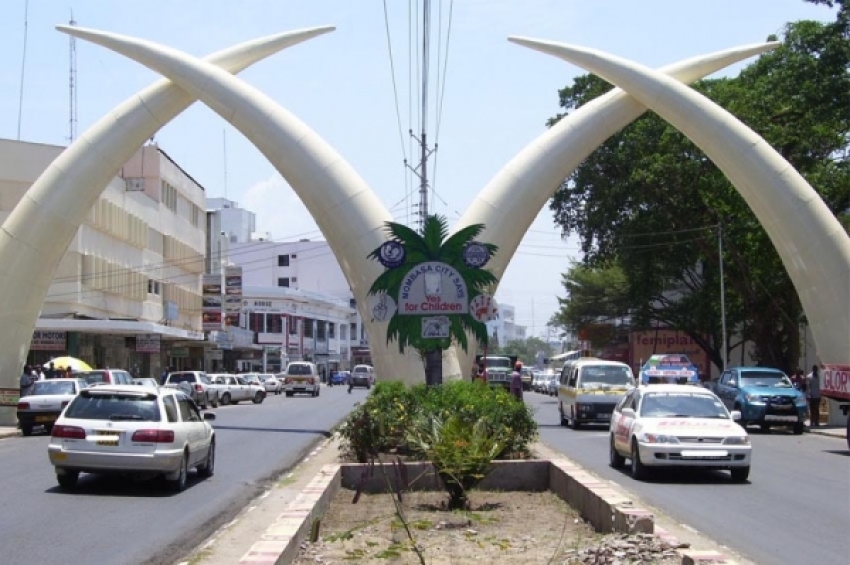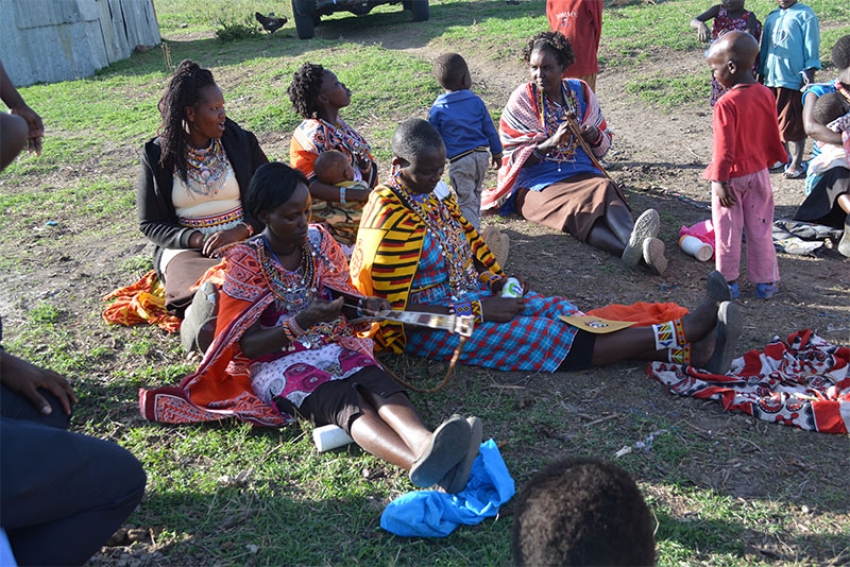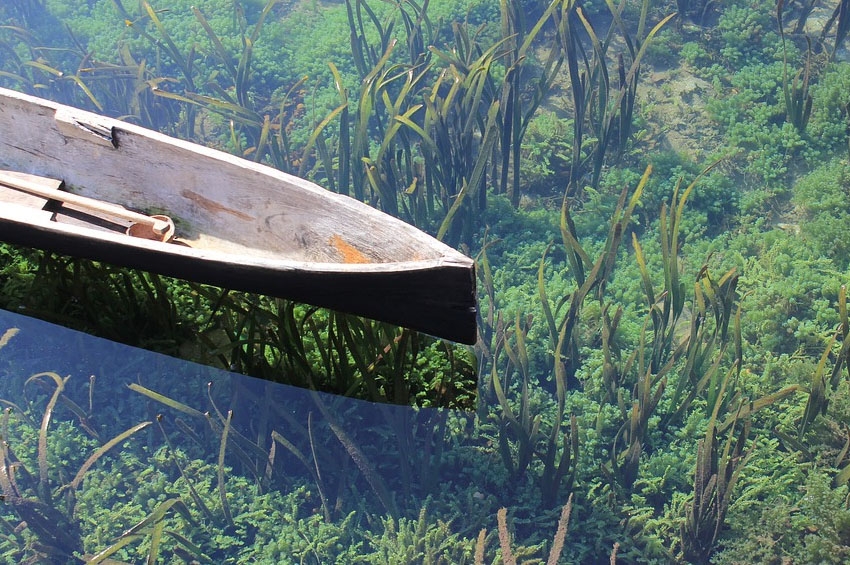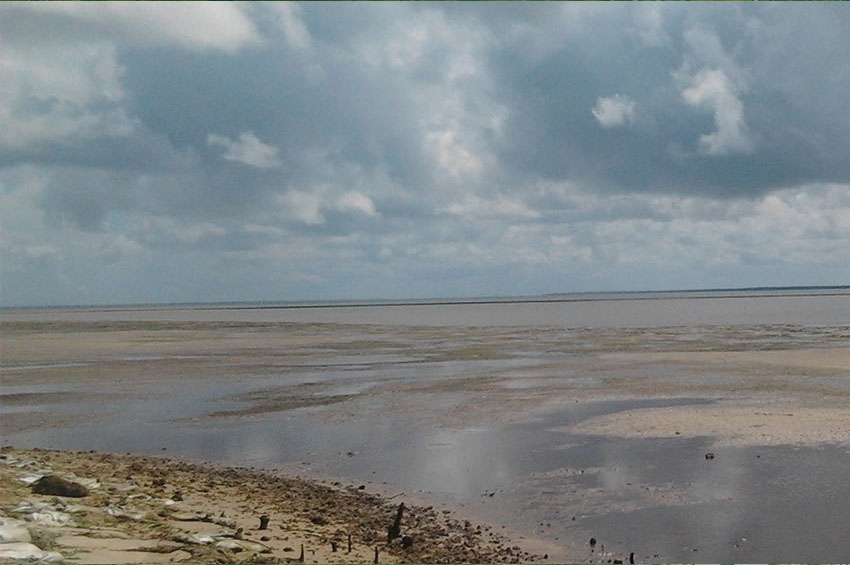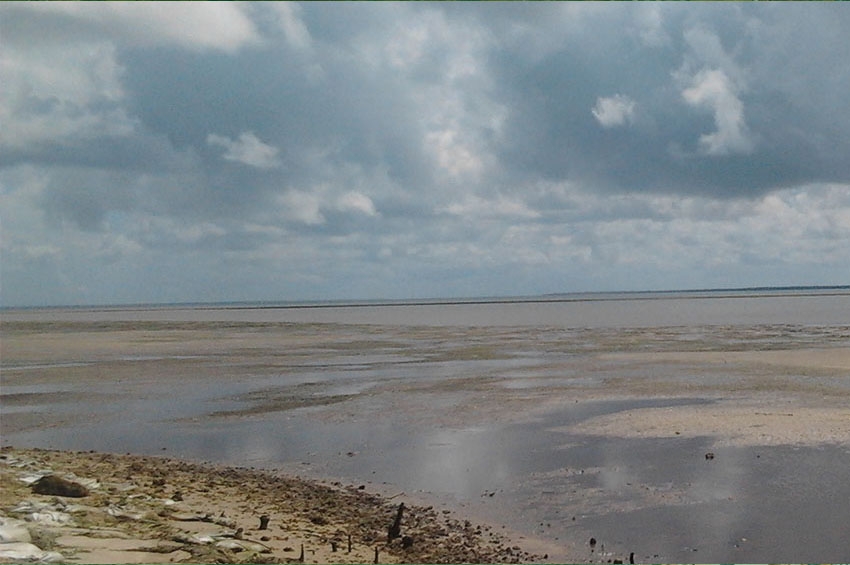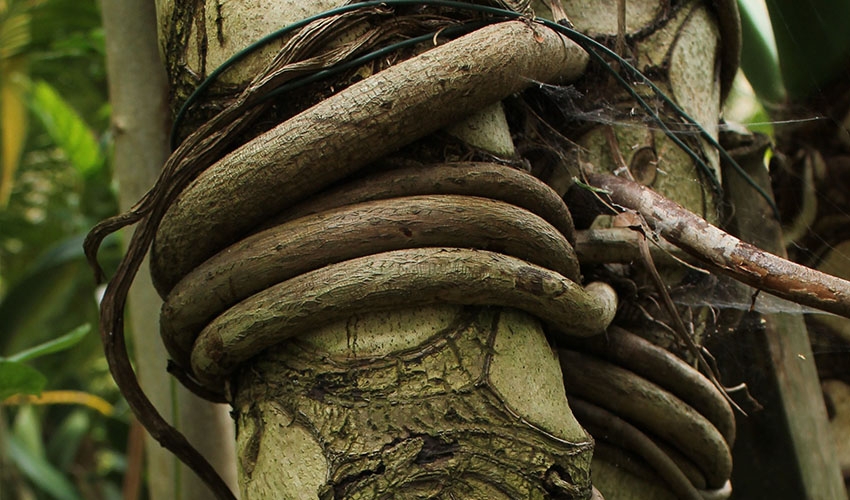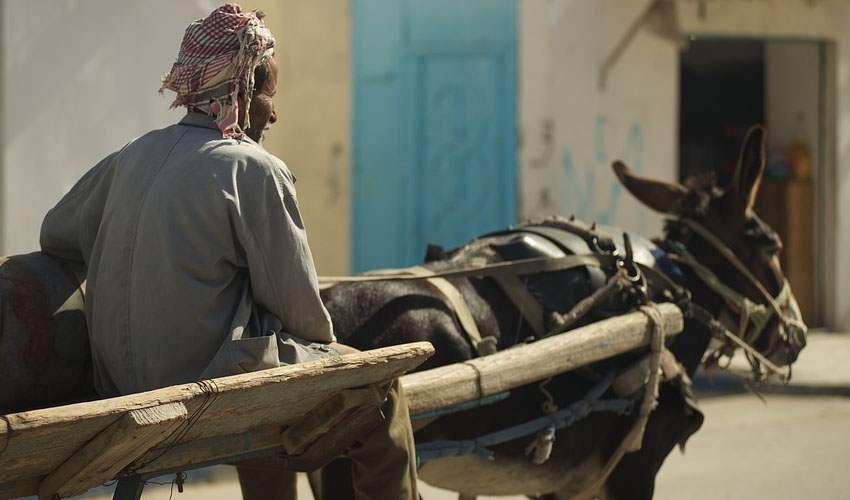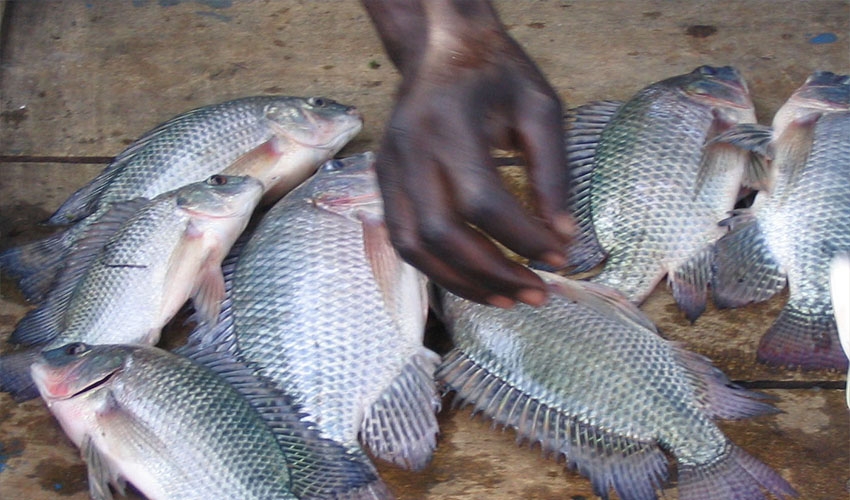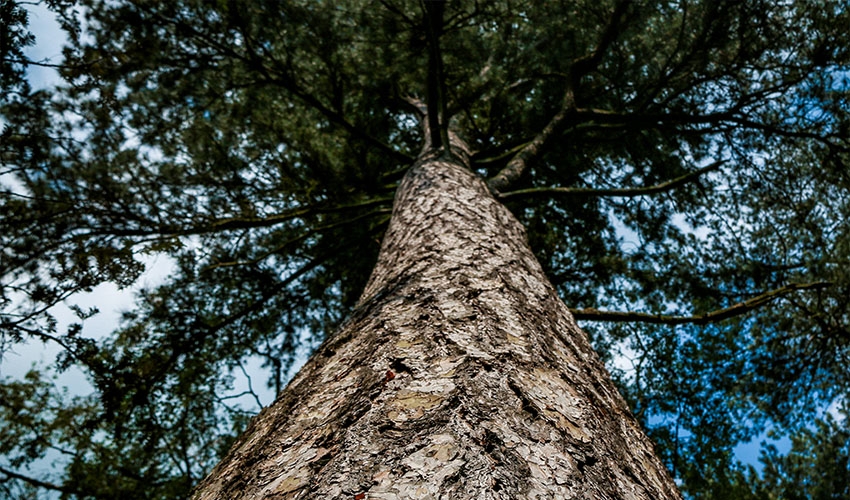The scenic, sacred valley
Subukia Valley is a valley within the great wonder that is the Great Rift Valley. It is quite fascinating. The steep curves and meanders of the valley are magic to the eyes and the hilly landscape abundant with a cocktail of indigenous trees and vegetation reminds you of Mother Nature.
The sky above is a dome of azure. Birds spiral high up in the sky oblivious of the abundant beauty below. Located 210 kilometers West of Nairobi, Subukia is geographically at the centre of the country. The Equator also runs through Subukia, a meeting point of the northern and southern hemispheres. Places on the equator experience the quickest sunrises and sunsets.
No matter the time of day, the beauty of Subukia is timeless. The Subukia Valley was the Maasai’s beautiful place (Ol Momoi Sidai). Subukia is a Maasai word pronounced “isupuku”, meaning “higher grounds”. After the Maasai were evicted in 1911, other settlers came here. It is not hard to see why they preferred this valley. It has a serene, utopian beauty removed from the windy plateaus above it and the hot surface of the Rift Valley floor below.
In the years 1980 and 1985, the late Pope John Paul II came to Kenya for the Eucharistic Congress. After the holy encounter with His Holiness the Pope, the Kenya Episcopal Conference decided that a shrine to the Virgin Mary should be put up in the country. A request to the Nakuru Diocese was made. It was to facilitate the project.
Being in the middle of the country and therefore reachable from all parts of the country, it was very accessible. The shrine was then built on a 12-acre piece of land. In 1989, a special committee was selected to manage the affairs of the shrine. It was agreed that the original site of the shrine was too small, and an idea was proposed to have a larger site.
Within two days, an offer of 50 acres of free land was made. However, 200 acres would have to be bought for further development. The eve of 8th December 1991 was rather special and monumental. The 8th of December is the Feast of the Immaculate Conception of Mary. The previous day, the headman of the workers Mr. Henry Muthuku was very busy. It was an ordinary day for him. What he did not know though, was that something extraordinary was about to happen.
The thick bush atop the hill was proving to be very cumbersome. He spent most of the day clearing it. On deciding to take a short break, Henry happened to see a wet patch of ground, which had a small spring of clear water in it. The greatest discoveries are made when people are taking breaks. Isaac Newton was sitting under an apple tree when he saw a falling apple while he thought about the forces of nature. He discovered gravity.

Pope John Paul II during his visit to Kenya with Kenya's then President Daniel Arap Moi
The Holy Water
On opening a small gully down the slope, the water started flowing beautifully. This water has a magnetic pull to many pilgrims to the shrine. It is said to be holy water, miraculous water. All you have to do is carry empty bottles and fill them to the brim.
Not everyone who visits the site is a pilgrim however. On 19th April 1998, religious fanaticism was at its highest. Some people believe that Catholics worship idols as per the statue of the Virgin Mary that is found in the site.
Goons raided the shrine and burned down the shelter for the statue, the shelter over the altar area and the altar itself. An overzealous, turbaned religious fanatic descended on the shrine unleashing his anger on the statue. Mary’s head was later found in the bush .Hundreds of people continue with their pilgrimage to the site nonetheless.
It was the year 2007, around three months to the Kenya Certificate of Primary Education Examinations in November. My primary school was a day and boarding. In the final year, class eight, everybody enrolled in boarding. On one Saturday evening, the matron, a Catholic, called for a meeting of all Catholic class eight girls. She told us that we would visit the Subukia Shrine named Village of Mary Shrine by the late Cardinal Maurice Otunga. I am not overly religious but I was rather happy to be Catholic because I would get to leave school for the better part of the day.
Most Sundays in boarding were spent doing assignments, washing huge mountains of clothes or for those who valued relaxation like me, in the entertainment room watching repeats of the Australian television series, Neighbors. We left school at 11.00 a.m. It was going to be a spiritual drive so our matron made sure we sang Catholic hymns practically the whole way. This was hardly what my friends and I had anticipated but it was better than spending the day indoors.
Lake Nakuru was in view; the picturesque and enchanting lake with the pink flamingoes. We also saw the Great Rift Valley. Nyahururu Town is not far from Subukia. There is a viewpoint situated about 2,500 meters above sea level from where the expansive escarpments can be viewed. Below the rugged and hilly landscape, overlooking the fertile lands of Subukia stands a magnificent white cross that ushers you to the sacred grounds of the Village of Mary.
The shrine is eerily enchanting and fascinating. It makes you feel at one with nature and all things divine. There is a rock from the Grotto at Lourdes in France buried at the foot of the cross. There is also a stone from the Marian Shrine at Medjugorge, Bosnia-Herzegovina and another holy stone from the River Jordan in Israel.
The shrine, serene and tranquil, provided the right aura for prayer. We needed lots of prayers to pass our KCPE. Other than last-minute revision and Mr.Oduor’s traumatizing “brainstorming” where we were asked quick-fire questions, which we were to answer correctly, if, wrong, “kiboko”, lashes, we really needed prayers. We had already eaten lunch in the school bus. We ate fries, which was a rare treat in boarding. We set off for the hill, reciting the holy rosary.
We walked ten kilometers from the Subukia-Nyahururu road, before climbing a footpath, which meanders leading to a spring, our journey being marked by the Mysteries of the Way of the cross. We took the 12 steps- a symbol of Christ’s suffering before his crucifixion. Surely, we were not physically prepared for all that slimpossible exercise.
On top of the hill, we were greeted by a wellspring of cool waters and yet another shrine. We had carried empty bottles to fetch this holy water. Some had even donated their juice the previous night so that they would have empty bottles. We also saw a beautiful statue of the virgin.
The wooded rocky hill, where the statue of Mary is housed in a tiny hut, has a rich biodiversity- with more than 250 species of insects and over 200 grass species. There are also numerous indigenous trees, which are home to playful monkeys.
As the monkeys hopped from tree to tree whooping in delight, I was amazed at their agility. The tall trees with the chattering monkeys were African olea. Perched on one of the branches of the tree was the most fascinating bird. It aroused my interest with its rich color. On further enquiry, I was told it was an amethyst sunbird, a male. As I stood there watching it, it flew away.
With almost cat-like curiosity, I followed it through the thick maze of hardy cedar trees. It perched on a leafy Dombea tree, another one of the indigenous trees in the area. From where I stood, I could see the charming statue of the virgin. She seemed aware of her surroundings. No, it was just my imagination. The sun would set soon and the colorful birds would retire to their intricately designed nests. Just then, I heard someone calling me. It was time to go. Oh well, I knew I would go back to the shrine soon. By the time we went back to the sun, the sun was disappearing beneath the valley, the sacred valley.

